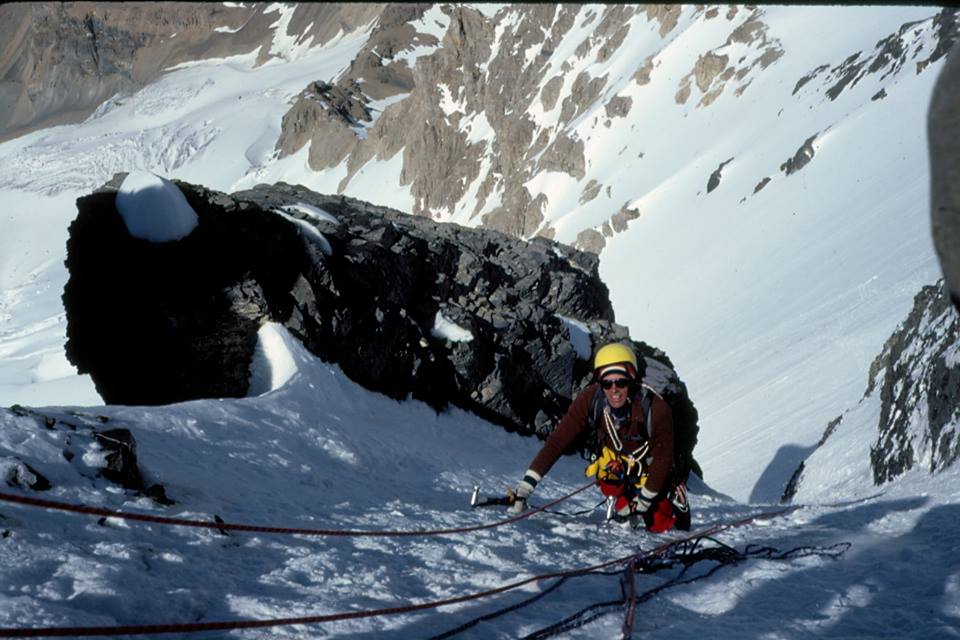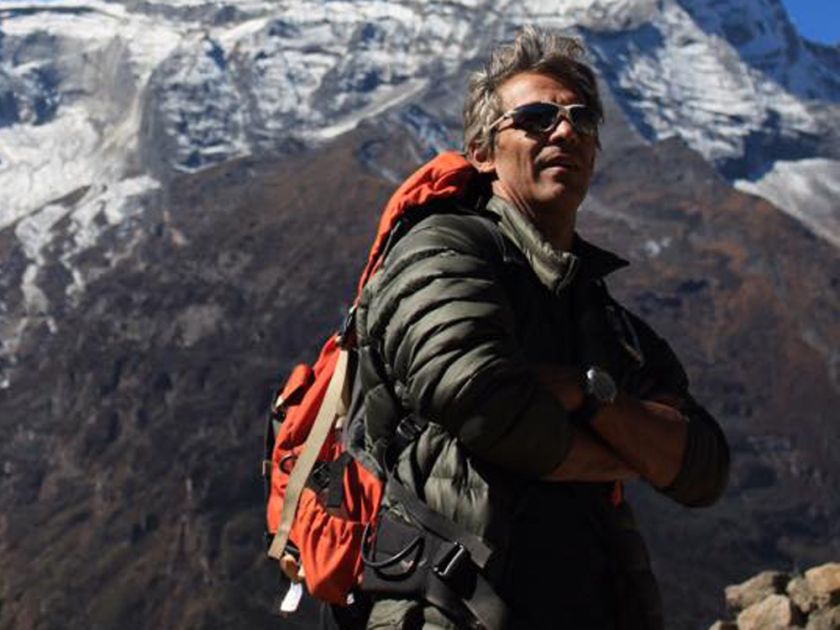Every year, we say goodbye to friends and loved ones who had an impact on the sport of climbing in some meaningful way. While we may never have shared a rope with them, listened to their stories in person or got to tell them how much they’ve had a positive influence on our own adventures, we feel as if we knew them.
We’ve read about their epics, seen video clips of them suffering on cruxes or have simply followed along on their social media, in journals or in in the media.
We lost a number of Canadian climbers this year, some to age and some to accidents in the mountains. The following remembers but a few of them. Rock & Ice has compiled a touching collection of memories about a number of climbers we lost in 2018 that you can read here.
Marc-Andre Leclerc
Marc-Andre Leclerc was one of the best alpinists of his generation who made bold ascents of new and old routes in Canada, the U.S.A, Patagonia and Europe.
In March, Leclerc went missing with his partner Ryan Johnson, only their ropes were seen stretched between crevasses on a glacier near Juneau, Alaska. The pair had just made the first ascent of a steep mixed route on Mendenhall Tower.
Leclerc’s list of accomplishments includes being the only climber to have soloed the three Torres, a number of grade-VI alpine and ice solos, countless first ascents, sending 5.13+ on El Capitan and more. Read more about Marc here.
Tim Auger
Tim Auger was one of Canada’s leading climbers during the 1970s and 1980s and went on to become one of the world’s leading search and rescue technicians in Banff. He passed away this summer at 72 after a long career as a warden with Parks Canada. Born in Toronto, his family soon moved to Winnipeg and eventually Vancouver.
At 18, he and Dan Tate completed the second ascent of the Grand Wall on The Chief in Squamish and a few years later, he was one of a quartet of climbers to complete the first ascent University Wall, a now 5.12 classic.
Over the next decade, he would make historical ascents around the world and visited the Himalayas a number of times. He survived a 600-metre fall on Mount Logan, established bold new ice and rock routes in the Rockies helped push Canadian climbing.
The Banff Centre presented him with the second annual Summit of Excellence Award in 1996 for his significant contribution to life in the Rockies. Corey Auger, Tim’s son, put together a blog with memories from Tim’s friends that you can read here.
Dave Lanman
Known for his strong climbing in and around southern Ontario during the 1980s, Dave Lanman, who passed away last January at 55, also made a name for himself pushing grades at The Gunks in new York.
He climbed The Shield on El Capitan with Toronto climber Dean Lister, a test-piece big wall route of the day, when he was just 16 years-old. But his main passion was hard free climbs.
He was instrumental in the development of numerous Niagara Escarpment crags and influenced the new generation of hard local climbers. He opened many of the areas hard
In the 1980s, Dave moved to New Paltz to devote himself to climbing in the Gunks. Over the next few years, he made an assortment of hard first ascents, including Seeing Things 5.12c in the Gunks and Salad Days, the first 5.13 in the Adirondacks. He also won Canada’s first climbing comp and participated in the famous Snowbird climbing competition in Utah in 1988.

Dick Howe
Dick Howe was a legendary Rockies climber with a number of fist ascents and contributions to hard rock climbing. He passed away at 81 years old on Nov. 29.
For those who are familiar with the old classic routes on Yamnuska, then you’ll know about a climbs called Dick’s Route and Dickel, aptly named for Dick Howe and Dick Lofthouse who established the lines back in 1970.
Howe was strongly connected to the Calgary Mountain Club (CMC) and was one of the few old guard who still attended the slideshows and functions. When he talked about his old routes, he could describe the crux in near perfect detail, even decades after he last climbed them.
Ken Wiens, who plays a major role in the CMC, wrote a touching tribute to Howe, which read, “How can I describe him? Dick was larger than life right till the end. Dick was never a quitter, he never backed down from a challenge. He had one of those great smiles that warmed any room. When I was 18, Dick saved me from a life in the ACC and introduced me to the CMC. He took me climbing, he taught me how to play safe in the mountains – and still have fun. He never took himself too seriously. He pushed me beyond my limits, scared the crap out of me, told the greatest stories, sang the sweetest tunes. He led by example. So many of the platitudes we hear about great people – well, Dick exemplified them all.”

Serge Dessureault
Quebec climber Serge Dessureault fell to his death while climbing on 8,611-metre K2 in the Karakoram range in northern Pakistan last summer.
He was the leader of a nine-member international team that had planned to climb both K2 and Broad Peak. Dessureault was one of four climbers, Nathalie Fortin, Benoît Lamoureux and Maurice Beauséjour, from Quebec who were hoping to become the first from the province to reach the summit of the world’s second highest mountain.
The Montreal firefighter was the president of Association des Pompiers de Montréal Inc. (Montreal’s firefighters association) and was the captain of Station 19. In a statement, L’Association des Pompiers de Montréal’s president Chris Ross wrote, “Serge had a reputation for being an experienced climber, very careful, always aware of the possible risks.”
“I am really without words,” said fellow Quebec climber Guy Thivierge. “It’s a shock for all of his friends and family. I am very sad today.” Thivierge described Dessureault as a happy man who was both courageous and generous.

